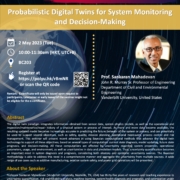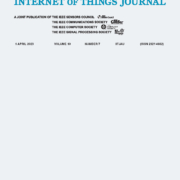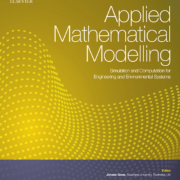Dr. Xiaoge Zhang delivered a talk on “Causality-Informed Neural Network (CINN)” at Hong Kong Institute for Advanced Study (HKIAS)
Despite the impressive performance of deep learning in solving long-standing problems (e.g., machine translation, image classification), it has been oftentimes criticized for learning spurious correlations, vulnerable robustness, and poor generalizability. These deficiencies significantly hinder the adoptions of deep learning in high-stakes decision settings, such as healthcare. Although the state-of-the-art literature has made some advances in addressing some issues, the existing attempts to improve robustness, interpretability, and generalizability are unfortunately ad-hoc and unprincipled. In this talk, we develop a generic framework to inject causal knowledge in either structural or qualitative (or quantitative) form (or both) into neural network, where the orientation of each causal relationship is strictly preserved. The proposed causality-informed neural network (CINN) provides a one-stop solution with a great potential to fundamentally solve the existing issues in neural network. More importantly, the incorporation of causal knowledge greatly unlocks the power of neural network in scenarios more than prediction, such as causal effect estimation, interventional query. Several examples are used to demonstrate the appealing features of CINN.






